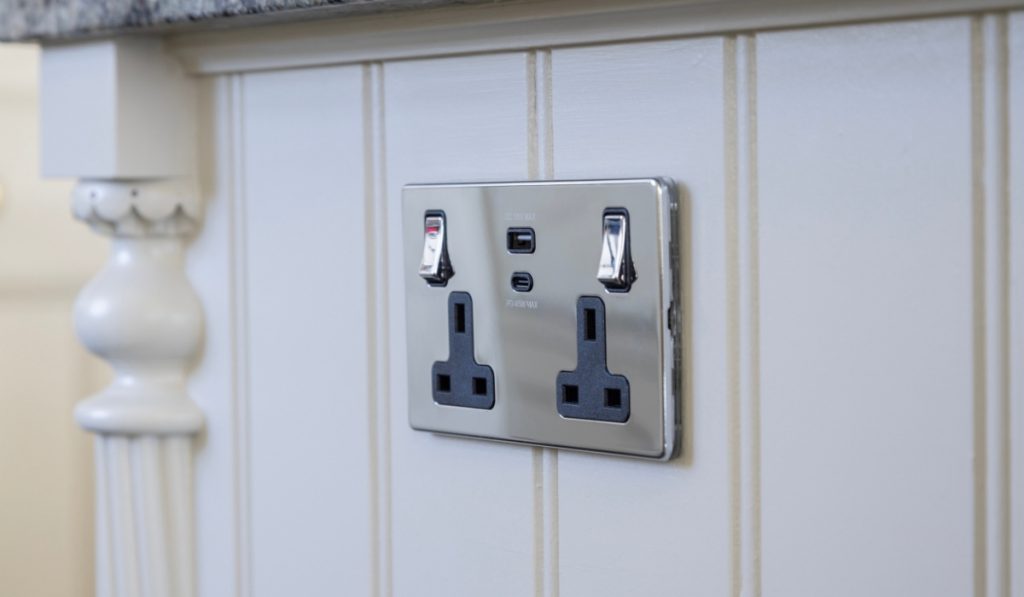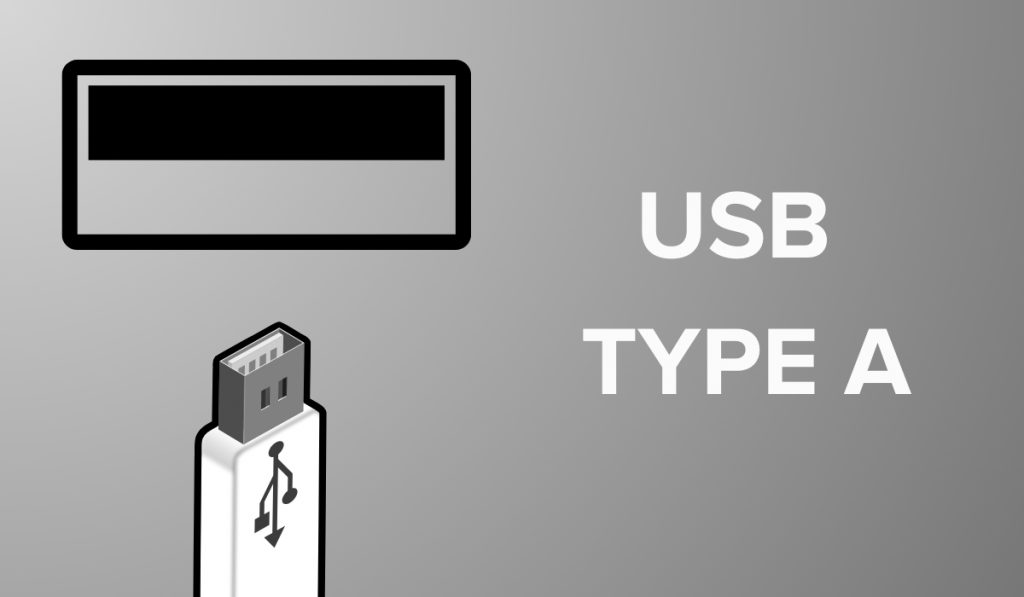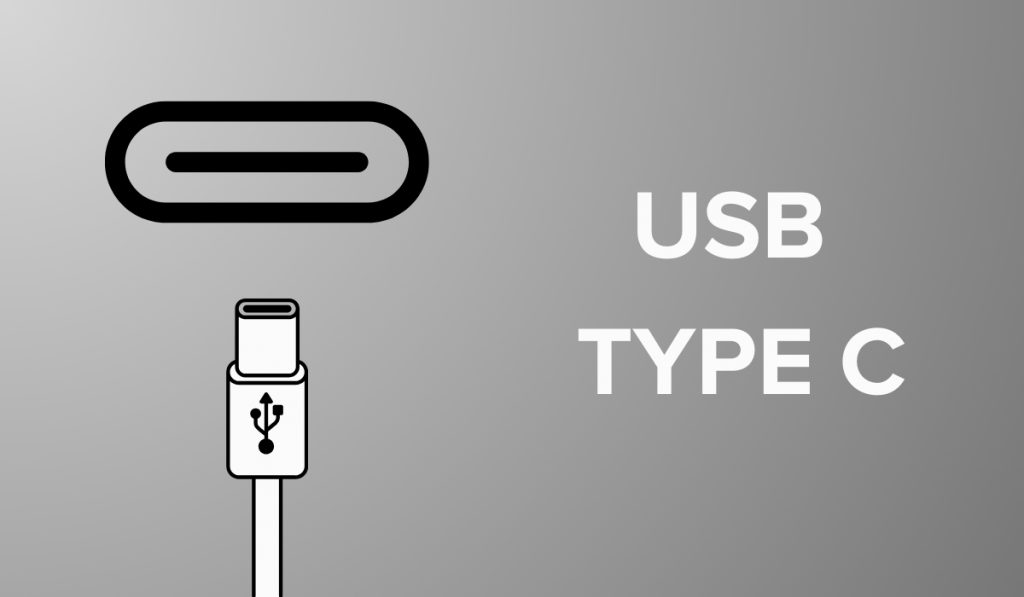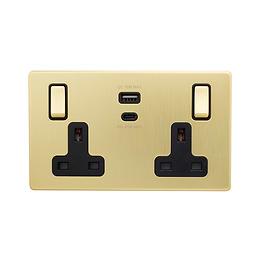Types of USB Sockets
Types of USB Sockets

With the increasing demand for charging electronic devices, wall sockets with built-in USB ports have become a common feature in modern homes and offices. These sockets provide the convenience of charging your devices without needing a separate USB adapter. But did you know that there are different types of USB sockets? Let’s explore the various types of USB sockets you might encounter.
USB-A

The USB-A socket is the most common type of USB port found in sockets. It's the rectangular port that we’ve used for years in most of our devices. USB-A sockets are designed to work with standard USB cables, often used for charging smartphones, tablets, cameras, and many other devices. These sockets can vary in power output, 5V/1A for basic charging needs or 5V/2.1A or 5V/2.4A for faster charging of larger devices like tablets.
Though widely used, USB-A is gradually being replaced by more advanced ports like USB-C due to its limitations in speed and power delivery. Aside from being clunky, the USB-A can only be plugged in one way up.
USB-C

The USB-C socket is becoming the new standard for most modern devices, even Apple devices. Unlike USB-A, the USB-C connector is smaller, oval-shaped, and reversible, making it much more convenient since you can plug it in either way.
USB-C offers several advantages such as:
Higher Power Output: Many USB-C ports on wall sockets offer up to 18W and even 30W, making it ideal for fast charging smartphones, tablets, and even laptops.
Faster Data Transfer: While wall sockets typically focus on charging, USB-C ports can also support faster data transfer if connected to compatible devices.
USB-C sockets are becoming more common in modern wall outlets due to their versatility and ability to charge high-power devices.
Combination USB-A and USB-C
Some wall sockets come equipped with both USB-A and USB-C ports, providing versatility for households with different devices. These hybrid sockets allow users to charge older devices that still use USB-A cables while accommodating newer devices that require USB-C.
This combination is convenient, as you don’t have to worry about using different adapters. Each port usually has its dedicated power output, allowing you to charge multiple devices simultaneously without sacrificing speed.
USB-A with Quick Charge
Some USB-A sockets are equipped with Quick Charge technology, a feature developed by Qualcomm. These sockets can provide faster charging to devices that support the Quick Charge standard, for instance, many Android smartphones support this type of charging.
Quick Charge-enabled USB-A sockets can deliver 18W or more, allowing for significantly faster charging times compared to standard USB-A sockets.
Power Delivery (PD) USB-C
A step above standard USB-C, Power Delivery (PD) USB-C sockets offer even higher power outputs—up to 100W in some cases, for super fast charging. These are ideal for charging larger devices like laptops, tablets, and even power tools that require more power than a standard USB socket can deliver.
Power Delivery ports intelligently communicate with the connected device to provide the optimal charging speed, ensuring fast, but most importantly, safe charging.
The types of USB sockets available on wall outlets have evolved to meet the growing demands for faster and more efficient charging. Whether you're looking for a basic USB-A port or a more advanced USB-C Power Delivery option, understanding the differences between these sockets will help you choose the right outlet for your needs. As technology continues to evolve, USB-C, particularly with Power Delivery, is likely to become the dominant standard, offering a future-proof solution for charging a wide range of devices. You can find these super-fast charging sockets here at Elesi, and we hope this guide helps you to choose your next USB charging sockets.
[related_products is_auto_added="1"]









